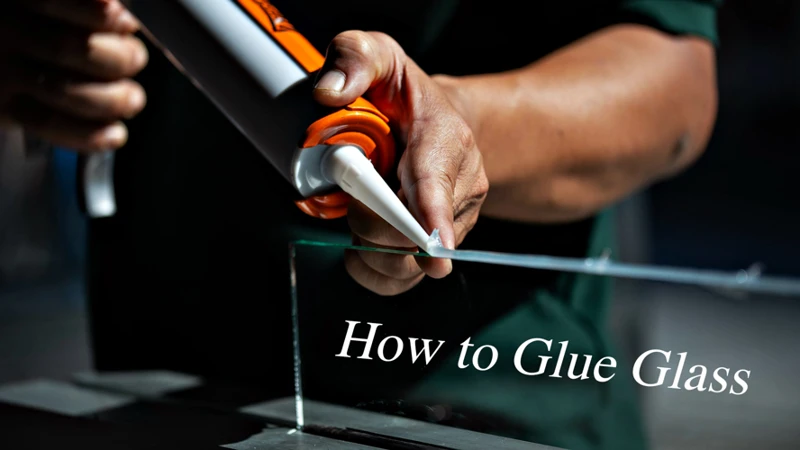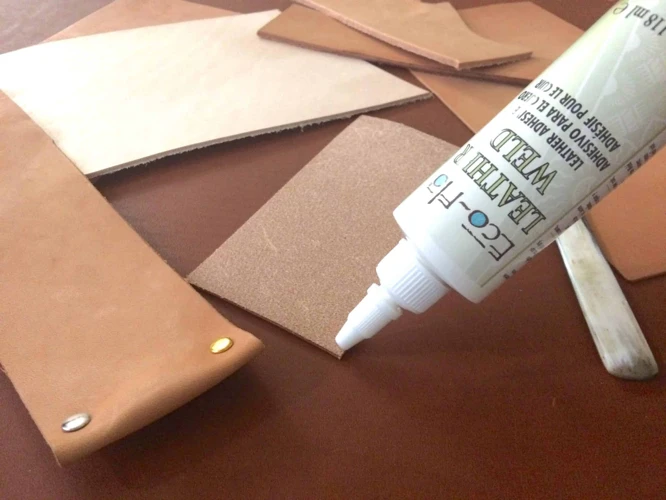When it comes to home improvement or construction, one of the challenges often encountered is how to bond sandstone. The natural beauty of sandstone makes it a popular choice for both indoor and outdoor applications, but its porous nature requires a specific approach to adhesion. Understanding the intricacies of sandstone adhesive solutions is crucial for ensuring a strong and lasting bond, whether you’re laying a patio, building a wall, or crafting a decorative feature.
Understanding Sandstone and Its Properties
Sandstone is a sedimentary rock composed mainly of sand-sized mineral particles or rock fragments. Most sandstone is composed of quartz or feldspar because they are the most resistant minerals to weathering processes. The porosity, grain size, and mineral composition of sandstone can vary, which influences its strength, durability, and how it responds to various sandstone adhesive products. It’s essential to consider these factors when planning your project to ensure the best results.
Preparing Sandstone Surfaces for Gluing
Cleaning and Smoothing the Surfaces
- Begin by thoroughly cleaning the sandstone to remove any dust, debris, or existing sealant that could impede the adhesion process.
- Smooth the surfaces to be glued by lightly sanding them. This will create a better contact area for the glue to bond.
- After sanding, clean the surface again to ensure no fine particles are left behind.
Ensuring Proper Ventilation
Gluing sandstone, especially indoors, requires adequate ventilation due to the fumes that adhesives can emit. Always work in a well-ventilated area and consider using fans or keeping windows open to maintain airflow. This not only helps the adhesive cure properly but also safeguards your health.
Choosing the Best Glue for Sandstone
Comparing Different Sandstone Adhesives
There are various adhesive products on the market suitable for bonding sandstone. Epoxy resins, polyurethane adhesives, and silicone-based glues are among the most common. Each type has its pros and cons, such as varying curing times and levels of water resistance, so comparing them is key to selecting the right product for your project.
Waterproof Glue for Sandstone: What to Look For
In situations where sandstone will be exposed to moisture, such as in garden or bathroom installations, it’s critical to choose a waterproof glue for sandstone. Look for products specifically labeled as waterproof or water-resistant and check their durability against weather conditions if used outdoors.
Outdoor Sandstone Glue Options
Outdoor applications demand an outdoor sandstone glue that can withstand temperature fluctuations, UV exposure, and other environmental factors. Epoxy-based adhesives are often recommended for their strong bonding capabilities and resilience in outdoor settings.
Step-by-Step Guide: How to Bond Sandstone
Applying Sandstone Masonry Glue
When you’re ready to apply the sandstone masonry glue, follow the manufacturer’s instructions carefully. Generally, you’ll need to apply an even layer of adhesive to one surface and press the two pieces of sandstone together firmly.
Clamping and Curing Times
After joining the sandstone pieces, they should be clamped together to ensure a tight bond while the glue cures. Curing times can vary greatly between different adhesives, so refer to the product’s directions. It’s important not to disturb the sandstone until the glue has fully set.
Advanced Tips for Bonding Sandstone
Sandstone Sealing and Bonding Techniques
To enhance the durability of the bonded sandstone, consider sealing the stone with a suitable sealant before the gluing process. This can help protect the stone and the bond from moisture and wear. Sandstone sealing and bonding can also improve the aesthetic finish by giving the stone a consistent appearance.
Sandstone Repair Tips for a Flawless Finish
For a flawless finish when conducting sandstone repair, use a glue that closely matches the stone’s color or can be painted over. Fill any gaps with a sandstone filler before applying the adhesive to ensure an even and aesthetically pleasing surface.
Gluing Sandstone in Different Scenarios
Bonding Sandstone to Other Materials
When bonding sandstone to other materials such as metal, wood, or concrete, make sure the glue you choose is compatible with both materials. This might require a multi-purpose or specialized adhesive designed for mixed-material applications.
Repairing Sandstone Masonry
Repairing sandstone masonry often involves filling cracks or reattaching broken pieces. A high-quality adhesive that can fill gaps and form a strong bond is necessary for these repairs. Epoxy-based adhesives are commonly used for their strength and gap-filling properties.
Troubleshooting Common Sandstone Gluing Issues
Gluing sandstone isn’t without its challenges. Common issues include weak bonds due to improper surface preparation, glue not setting correctly because of temperature or humidity, and discoloration of the stone. Addressing these issues often involves re-evaluating the choice of glue or surface treatment methods.
Where to Buy Sandstone Adhesive
Sandstone adhesive can be purchased at most hardware stores, home improvement centers, or online retailers. It’s important to choose a reputable brand and retailer to ensure you’re getting a quality product that will perform as expected.
FAQs on Sandstone Adhesive Use
Do you have questions about using sandstone adhesive? You’re not alone. Here we address some frequently asked questions, such as how long to wait before the glue sets, what to do if the bond isn’t holding, and how to remove excess glue from the stone’s surface.
If you’re embarking on a project that involves natural stone, understanding the proper adhesion techniques is crucial for a successful outcome. For those working with sandstone, our guide on how to glue sandstone together offers a step-by-step approach to ensure a strong bond. But if your project includes different types of stones, you might also be interested in our articles on how to glue limestone together, how to glue slate together, or even how to glue granite. Each type of stone has its unique properties and challenges, so make sure to check out these resources for tailored advice.
Conclusion: Ensuring Durable and Aesthetic Sandstone Bonding
By following the guidelines provided for choosing the best glue for sandstone, preparing the surfaces, and applying the adhesive, you can ensure a durable and attractive finish to your sandstone projects. Remember that patience and attention to detail are key in achieving successful results in gluing sandstone.





